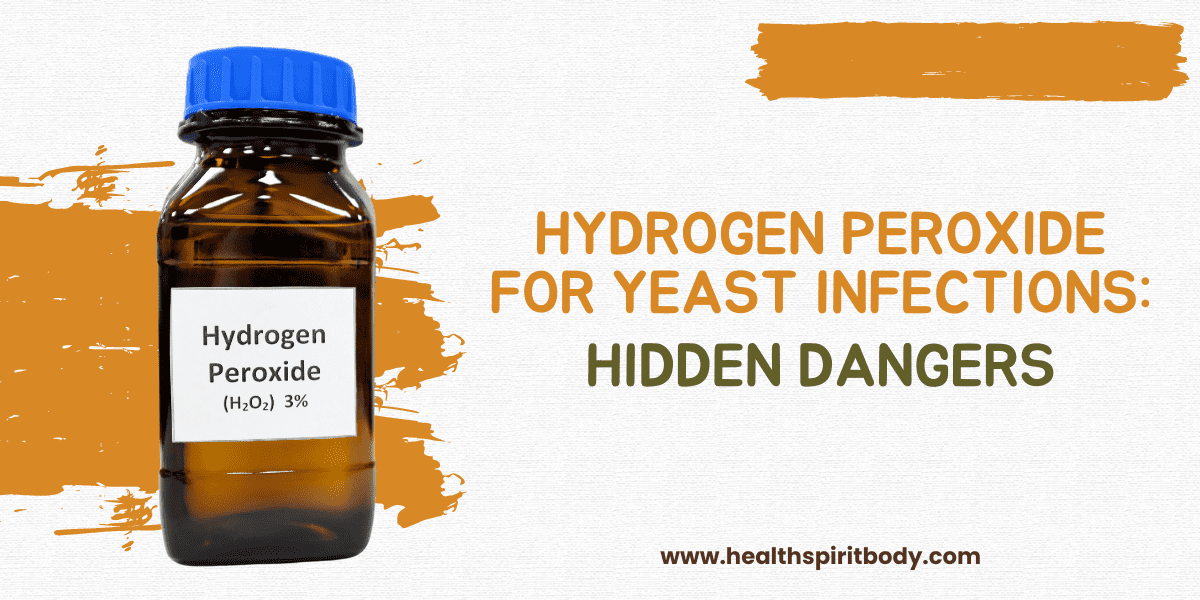
A yeast infection can be a real nuisance. The burning, itching, and general discomfort can make it tough to concentrate on anything else. And while there are plenty of over-the-counter treatments available, they don’t always work. That’s why more and more people are turning to hydrogen peroxide for relief. But does it actually work? Let’s take a closer look.
What is a Yeast Infection?
You probably know that a yeast infection is caused by an overgrowth of yeast or candida in your body. But what you may not know is that there are actually different types of yeast infections, and each one has its own set of causes and risk factors.
There are three main types of yeast infection: candidiasis, cryptococcosis, and oidiomycosis. Candidiasis, also known as thrush, is the most common type of yeast infection. It’s usually caused by the candida albicans fungus, but other strains of candida can also cause it. Cryptococcosis is usually caused by the Cryptococcus neoformans fungus, and oidiomycosis is usually caused by the Oidium fungi. Each type of yeast infection has different symptoms, but they all share some common features, such as itchiness, soreness, and burning.

What Causes Yeast Infections?
There are a number of things that can cause an overgrowth of candida albicans in your vagina. These include:
- Taking antibiotics: These kill both the bad and good bacteria in your vagina, disrupting the delicate balance that keeps yeast in check. As a result, you may get a yeast infection after taking antibiotics for another condition, such as strep throat or bronchitis.
- Douching: This can remove the “good” bacteria that normally keep yeast levels under control, allowing candida albicans to grow unchecked.
- Having diabetes: This can cause sugar levels to build up in your vagina, providing food for the candida albicans fungus to grow.
- Pregnancy: The hormonal changes during pregnancy can throw off the delicate balance of bacteria and yeast in your vagina, leading to an overgrowth of yeast cells.
- Wearing tight clothing: This can cause heat and moisture to build up under your clothes, creating a perfect environment for yeast to grow.
- Having a weakened immune system: If you have HIV/AIDS or another condition that weakens your immune system, you’re more likely to develop a yeast infection.

Symptoms of a Yeast Infection
The most common symptom of a yeast infection is intense itchiness in and around the vagina. Other symptoms may include burning during urination, redness, and swelling of the vulva (the area around the vagina), vaginal pain or soreness, thick white vaginal discharge that looks like cottage cheese, and painful sex.
If you think you may have a yeast infection, it’s important to see your doctor for an accurate diagnosis and treatment. This is especially true if you’ve never had one before or if you’re pregnant. While there are over-the-counter treatments available, these are not recommended for pregnant women or those with certain medical conditions. Treatment for a yeast infection typically consists of antifungal medication taken orally or vaginally for several days until the symptoms clear up.
In rare cases, a severe yeast infection can lead to serious health complications such as meningitis (inflammation of the brain) or sepsis (a life-threatening condition caused by infection). If you experience any of these symptoms while waiting for your appointment with your doctor, it’s important to seek immediate medical attention.

Hydrogen Peroxide and Yeast Infections
Hydrogen peroxide is a strong oxidizing agent that can kill cells by breaking down their cell walls. This property makes it an effective disinfectant and antiseptic.
Research suggests that hydrogen peroxide may also be effective against yeasts, which are a type of fungus. In one study, researchers found that exposure to hydrogen peroxide killed Candida albicans, a type of yeast that can cause vaginal yeast infections.
Another study looked at the effect of hydrogen peroxide on different types of vaginal yeast infections. The study found that hydrogen peroxide was effective against all the types of yeast tested, including Candida albicans.
However, it’s important to note that these studies were done in test tubes, not in people. So, we don’t know for sure if hydrogen peroxide is effective against yeast infections in humans.
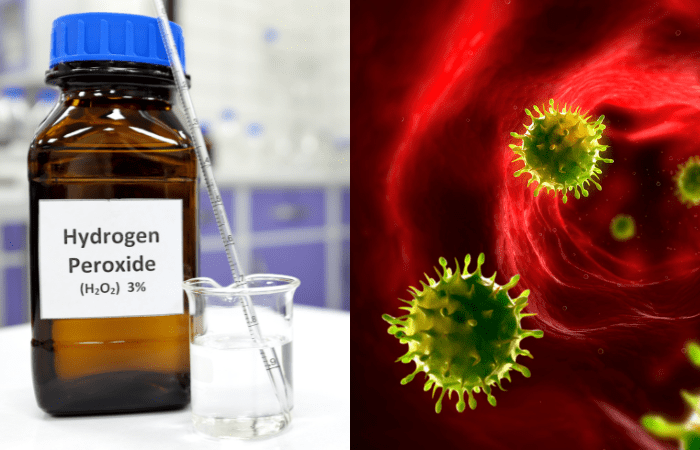
Risks Associated with Using Hydrogen Peroxide to Treat Yeast Infections
Hydrogen peroxide is a potent chemical and should be used with caution. When used in high concentrations, it can cause skin irritation and burns.
If you’re considering using hydrogen peroxin to treat a yeast infection, it’s important to talk to your healthcare provider first. They can help you weigh the risks and benefits of using hydrogen peroxide to treat your yeast infection.
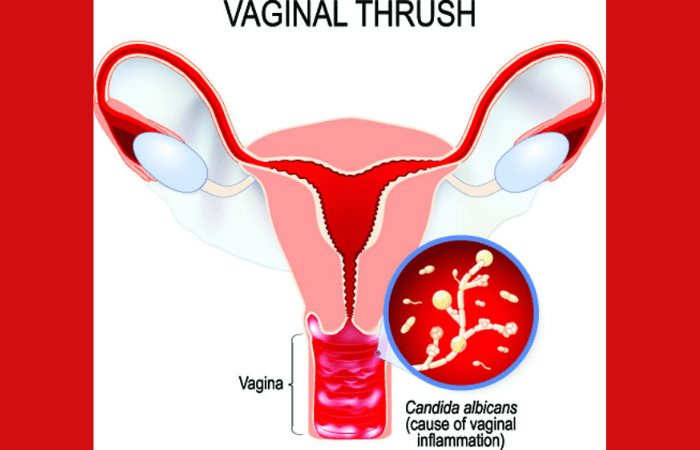
How Hydrogen Peroxide Works
Hydrogen peroxide is a chemical compound made up of two hydrogen atoms and two oxygen atoms. It’s a colorless liquid, but it decomposes into water and oxygen when it comes into contact with organic matter. This makes it a great cleaning agent, as well as a precursor to many other chemicals.
Hydrogen peroxide has a long history of being used as an antiseptic, dating all the way back to the early 1900s. It was first used on open wounds during World War I to prevent infection. These days, it’s still used on cuts and scrapes, but it’s also effective in treating other conditions like Athlete’s Foot and fungal infections of the nails. But how does it work?
Hydrogen peroxide works by breaking down into water and oxygen when it comes into contact with organic matter. The oxygen then reacts with the organic matter, effectively killing any bacteria or fungi present. This is why hydrogen peroxide is such an effective cleaning agent; it kills the bacteria that cause stains and odors.
It should be noted that hydrogen peroxide is only effective against certain types of bacteria, specifically, the type that produces oxygen as a byproduct of their metabolism. This means that hydrogen peroxide isn’t effective against all types of bacteria; for example, it won’t do anything to kill the bacteria that cause food poisoning or dysentery. However, for most everyday infections, like those mentioned above, hydrogen peroxide is more than sufficient.
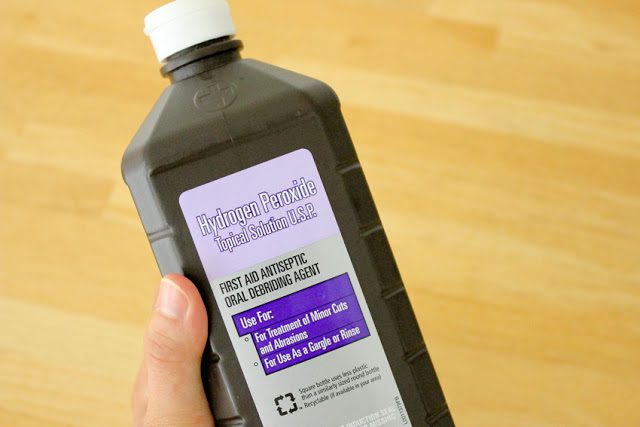
Is It Effective?
Unfortunately, there is no scientific evidence to support the use of hydrogen peroxide for yeast infections. In fact, douching with hydrogen peroxide can actually increase your risk of developing an infection by disrupting the natural balance of good and bad bacteria in your vagina.
It’s also important to note that hydrogen peroxide should never be used internally. Ingesting it can cause serious health problems, including nausea, vomiting, diarrhea, and low blood pressure. If you do choose to use it externally, be sure to dilute it with water first. Undiluted hydrogen peroxide can cause skin irritation.
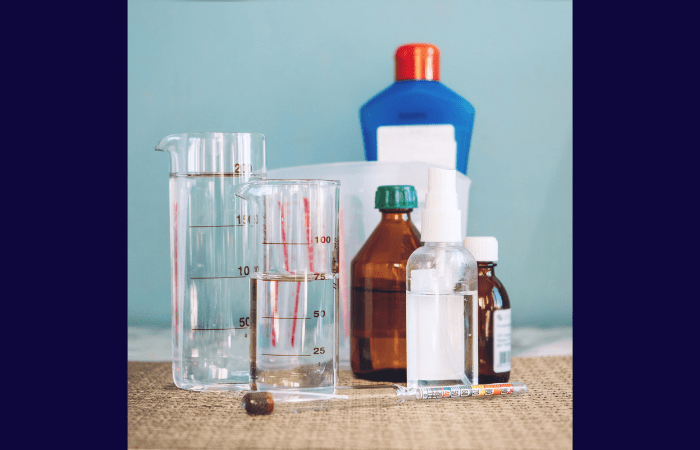
How to Use Hydrogen Peroxide for Yeast Infections
If you are considering using hydrogen peroxide for a yeast infection, there are a few things you should know before getting started. First, it is important to choose a 3% hydrogen peroxide solution, as this is the type that is typically sold in stores. Second, you will need to dilute the hydrogen peroxide before applying it to your skin; one part hydrogen peroxide to one part water is a good ratio. Finally, it is important to only apply the solution to the affected area; do not douche with it or apply it directly to your vagina.
To use hydrogen peroxide for a yeast infection, start by mixing equal parts of 3% hydrogen peroxide and water. Then, using a cotton swab or gauze pad, apply the solution directly to the affected area. Once you have applied the hydrogen peroxide, allow it to sit on your skin for about 30 seconds before rinsing it off with clean water. You can repeat this process several times a day until your yeast infection clears up.

Final Thoughts
Overall, there is no scientific evidence to support the use of hydrogen peroxide for yeast infections. However, some people may find it helpful in treating their infection. If you do choose to use it, be sure to dilute it with water first and only apply it to the affected area. As always, if your yeast infection does not improve after a few days of home treatment or if you experience severe symptoms, be sure to see your doctor.
Frequently Asked Questions (FAQs)
What is the fastest way to get rid of a yeast infection?
Seeing your doctor and receiving a prescription for Fluconazole is the quickest way to treat a yeast infection. Preventative measures and over-the-counter Monistat (Miconazole) are both effective.
Can a yeast infection clear up in a day?
While more severe infections might last up to two weeks, milder illnesses frequently go away in just a few days. Itching, pain, and irritation in the vagina and vulvar area are typical symptoms.
How do you know a yeast infection is healing?
Itching that doesn't go away is a hallmark of yeast infections. Most of the discomfort will be gone after you realize the itching has lessened. In the end, all redness, swelling, or irritation will go. Your genitalia will resume their regular look and feel.
What will happen if a yeast infection is left untreated?
Vaginal candidiasis will probably worsen if neglected, resulting in itching, redness, and inflammation in the region around your vagina. If the inflamed region cracks or if persistent scratching leaves open or raw areas, this could cause a skin infection.




